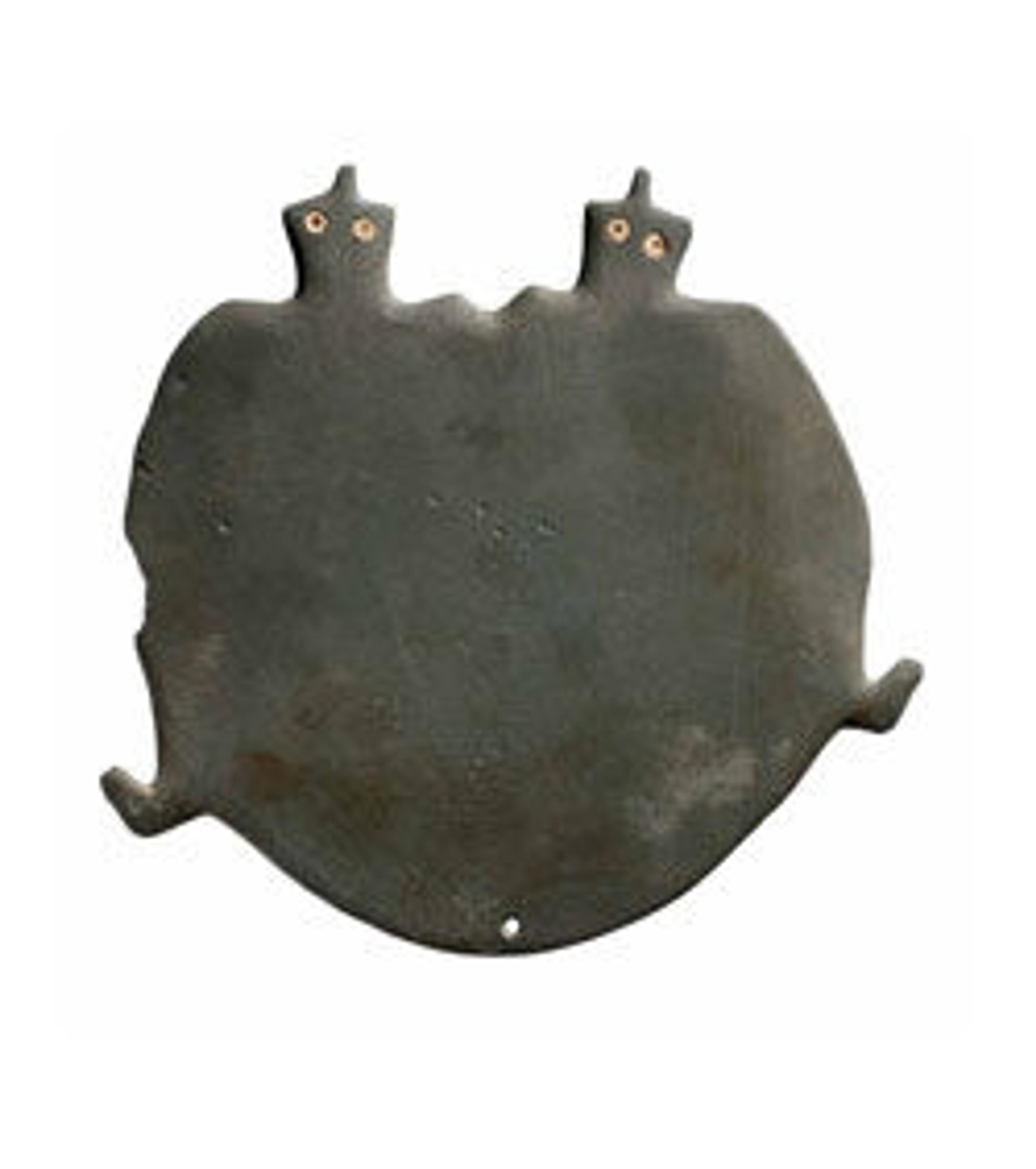Hippopotamus amulet
Egyptologists understand this figurine to be an amulet, which was designed to be suspended by a cord passing through the holes above its back. This type of hippo figurine is distinctive for three reasons: they were made from pink limestone, created in pairs, and depicted as pregnant females. This last observation is evident by from the swollen belly that nearly touches the ground; most hippo statuettes do not display this feature.
Artwork Details
- Title: Hippopotamus amulet
- Period: Predynastic, Naqada I–early Naqada II
- Date: ca. 3700–3450 B.C.
- Geography: From Egypt
- Medium: Limestone (pink)
- Dimensions: L: 7.4 x H: 4.4 x W: 2.2 cm (2 15/16 x 1 3/4 x 7/8 in.)
- Credit Line: Rogers Fund, 1923
- Object Number: 23.2.30
- Curatorial Department: Egyptian Art
More Artwork
Research Resources
The Met provides unparalleled resources for research and welcomes an international community of students and scholars. The Met's Open Access API is where creators and researchers can connect to the The Met collection. Open Access data and public domain images are available for unrestricted commercial and noncommercial use without permission or fee.
To request images under copyright and other restrictions, please use this Image Request form.
Feedback
We continue to research and examine historical and cultural context for objects in The Met collection. If you have comments or questions about this object record, please complete and submit this form. The Museum looks forward to receiving your comments.
